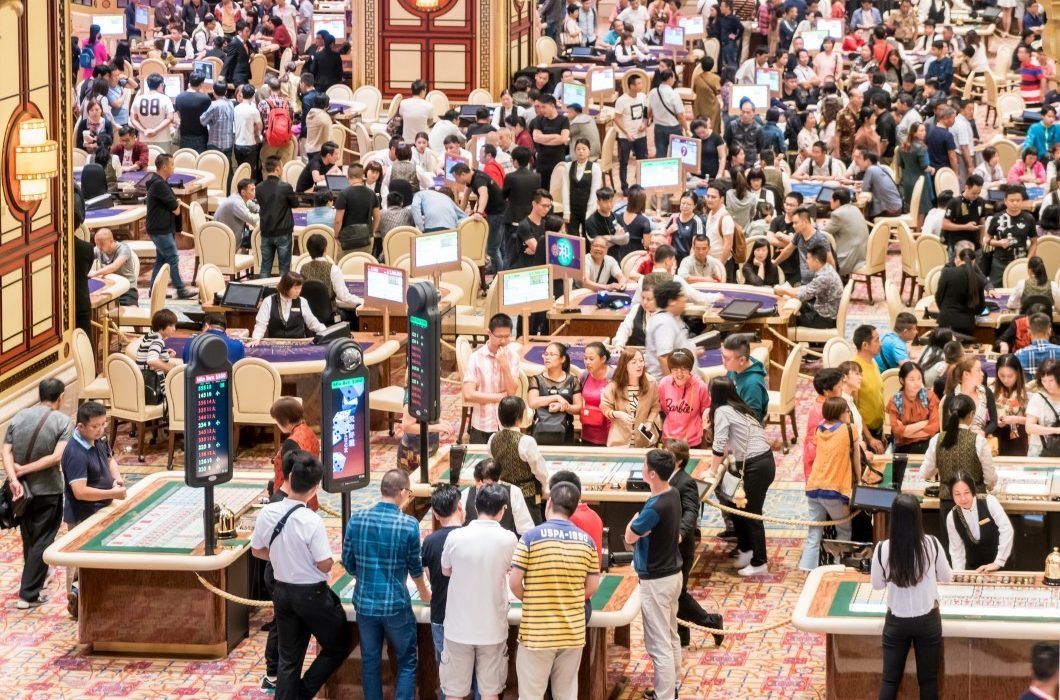
You might also like:
Macau may receive up to 40 million visitors in 2025, which represents an increase of almost 30% compared to last year, as announced by the Macau tourism authorities during the presentation of the Tourism Industry Development Master Plan.
Macau, with its mere 30 square kilometers of area, a population estimated at 648.4 thousand residents and as the only place in all of China where gambling is allowed, received 30.9 million visitors in 2016, most of them coming from mainland China.
The moderate growth forecast referred to in the plan indicates an annual visitor increase of 3% to 5%, reaching between 38 and 40 million visitors in 2025. If this forecast comes true, we will be facing an increase of 29.4% in the number of visitors to Macau.
Following a low growth estimate, that is, between 1% and 2% annually, forecasts for 2025 indicate a number between 33 and 35 million visitors.
In a statement to the press apart from the presentation, the director of Tourism Services, Helena de Senna Fernandes, said that the government does not aim to reach 40 million visitors in this eight-year period, but stated that this is a possibility they must be prepared to face.
“It is a forecast based on trends and on what is going on in the world and, according to many studies we have been conducting, it is a possibility,” she stated.
“Therefore, we must have solid plans. If that comes true, what will we do? We’re talking about creating new zones, better managing the tourist flow and being prepared to react to this increase, but we are not actively seeking this increase,” she added.
Given the small size of the city and the constraints caused by the large number of visitors, the possibility of putting a limit on the number of tourists has been discussed in the last few years.
When asked whether this hypothesis has been reconsidered, Senna Fernandes answered that better management is the key.
“For the last two or three years, we have been constantly discussing with mainland China authorities, aiming to better manage the tourist flow, because we know most of our tourists come from mainland China. As a result, there are already some policies or strategies in place so as not to allow such a huge [number] of tourists from China,” she stated.
Senna Fernandes also said that the city is capable of welcoming more tourists, and defended that there is no change in the government’s position.
“We are not changing our discourse. We are not looking to increase the number of tourists by a lot and that’s why this was discussed with mainland China authorities, but that is a possibility,” she stated.
To the director of the Macau Tourism Services, “it is possible to enhance the welcoming capabilities” with “expansion in terms of touristic products” and with “the growth of the city’s infrastructure”.
On the other hand, Senna Fernandes mentioned the aim to capture another profile of mainland China tourists: “From now on (…) there will also be a different pattern of tourists from mainland China, because at this point in time, there are still low cost excursions,” she said.

Their effort includes attracting visitors that “may be more interested in looking for different Macau products and that have more purchasing power,” she pointed out.
The director of Tourism Services argued for improvements to the transportation infrastructure, and highlighted the future Hong Kong-Zhuhai-Macau bridge as the “most important to get a direct connection to the Hong Kong airport,” also stating that it is necessary to “better promote” the already existing service that connects the ships that go from the two special Chinese regions to their respective airports.
The Hong Kong-Zhuhai-Macau Bridge, considered the longest sea crossing bridge in the world, should be completed this year.
On the other hand, the Macau Light Rapid Transit, which is described in the plan as the “backbone” to improve traffic in the city, is seen as “a possibility to improve and better respond to transportation, especially in the Taipa and Cotai areas” [casino zones between the islands of Taipa and Coloane].
“Initially, the Light Rapid Transit is set to be completed in 2019, and it is an important piece in terms of Macau’s transportation policy, not only for Macau tourism,” she stated.
Source: tourism-review.com
